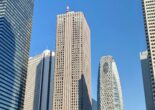Golden Week at the beginning of May is the biggest travel week in Japan. In 2024, it looks set to be even more crowded than usual. Many companies close, making it a 9-day weekend. Read on to find out why, and where to go to avoid the crowds.
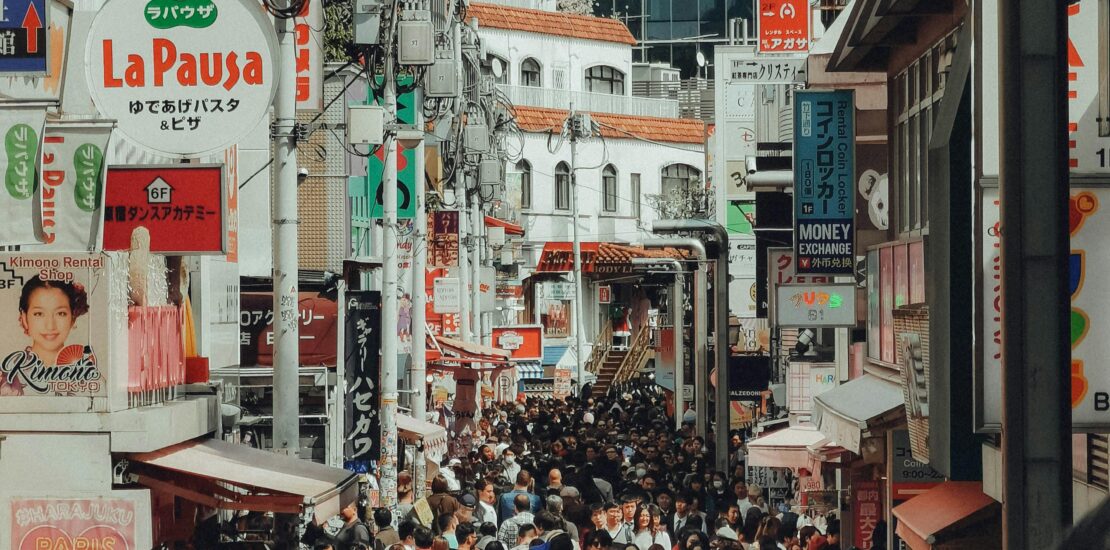
Look at the prices for hotel rooms in any online booking app, and you will find that they shoot through the roof on April 26, and then suddenly deflate like a balloon on May 6. Those are the dates for 2024, because the holidays that comprise Golden Week move around over the week.
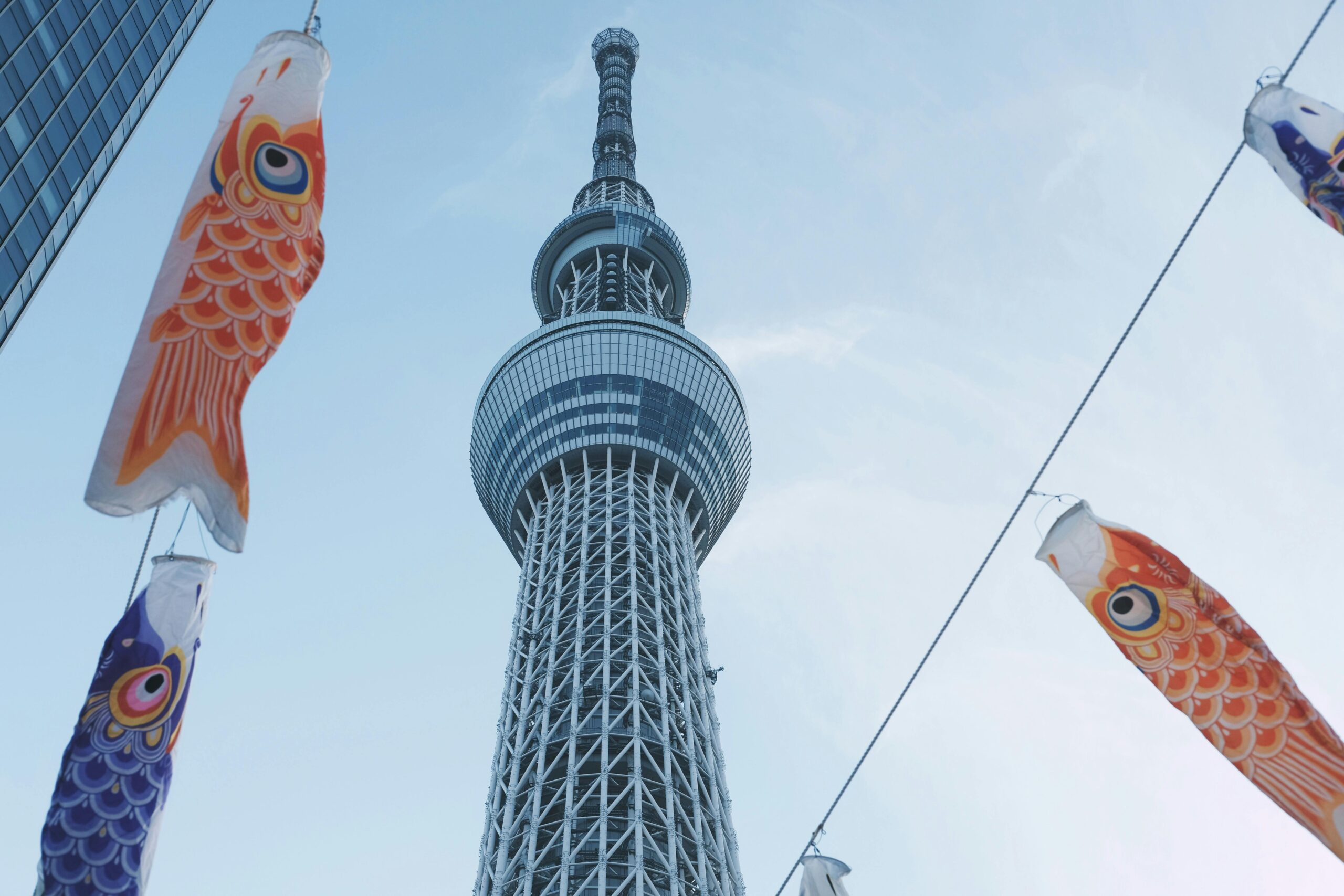
Before World War 2, there were no special holidays in May, and the birthday of the Showa Emperor (known by his birth name Hirohito in the rest of the world) was celebrated on April 29. But after the war, when Japan was under American administration, everything changed – including the calendar. The Emperor remained the same, so April 29 was still a holiday, but several other holidays were added. The Childrens Day on May 5 used to be Boys Day (Girls Day was 3/3). Gradually, the calendar was tweaked to add more holidays, until the beginning and end of the week became holidays – often spilling over into next week, as any holiday which falls on a Sunday automatically makes the following Monday a holiday (if it is not one already).
Company holiday week
Since there were so many holidays in a row, many companies decided to make it a holiday week. Offices and factories even in large companies are closed. Schools take vacations as well. Those whose companies do not close take vacation days, turning the week to what the prime minister called ”the nine-day weekend”.
As people unwind and relax, they take time to do things with their families. The name ”golden week” came from this being the best time of year for movie ticket sales, but it is also the biggest travel week in Japan. Only the New Year holidays come close.
But the Japanese economy is under pressure, and enough companies follow the calendar and use the working days during Golden Week to mean that rush hour on the trains can still be crowded. Especially in the big cities, like Tokyo and Osaka.
No more travel abroad
It used to be that when the yen was strong and the Japanese did not have much other leisure time during the year, this was when they would travel abroad. Japanese tourists in tour buses who pour out, take photographs, pour in again and speed on to the next destination are still a standing joke in many countries, but Japanese traveling to other countries has become scarce. The cheap yen has put foreign travel out of reach for many since tickets and stays will cost a fortune.

Instead, the good fortune has fallen on the foreign visitors to Japan, who get a lot more mileage for their dollars, euros, and other currencies. Going to Japan has become reasonable not only for travelers from Western industrialized countries, but also for visitors from Thailand, India, and Indonesia. And as China also has a series of holidays around May Day, when the political climate allows, they flock to Japan to experience the culture, the food, and bring home quality goods.
Crowded limited resources
All this means the limited resources quickly get used up. During Golden Week, the Shinkansen trains get completely full, so much that all seats are reserved (normally, the first car has unreserved seats). Domestic flights are booked solid months ahead.
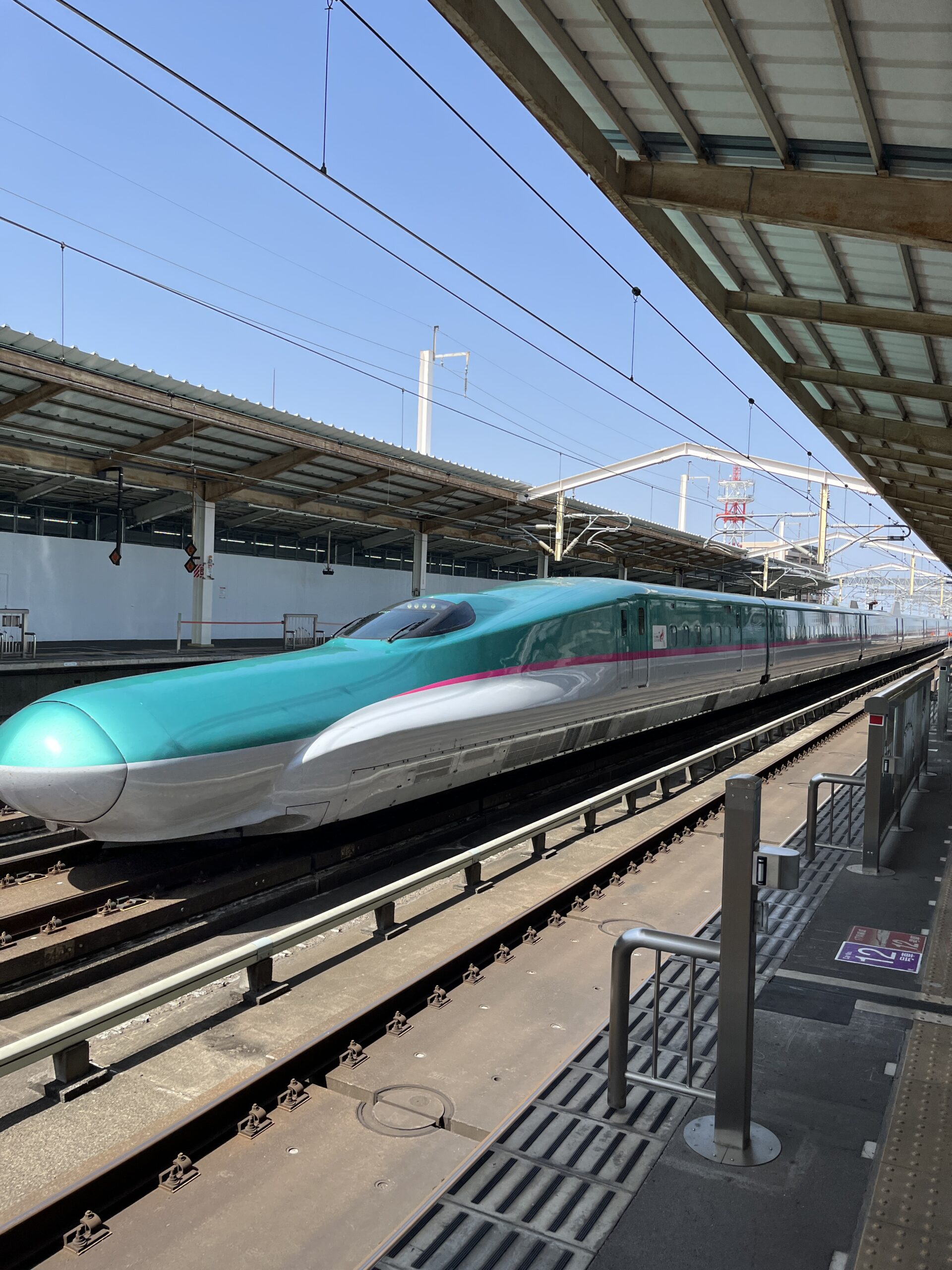
The limited number of hotel rooms quickly fills up, and when there is high demand, prices go up. And since both Japanese and international travelers want to go to the same must-see destinations, those places will experience extra congestion. Kyoto is already complaining about over-tourism, and Takeshita Dori in Harajuku is going to be so crowded that you will not be able to get in edgewise.
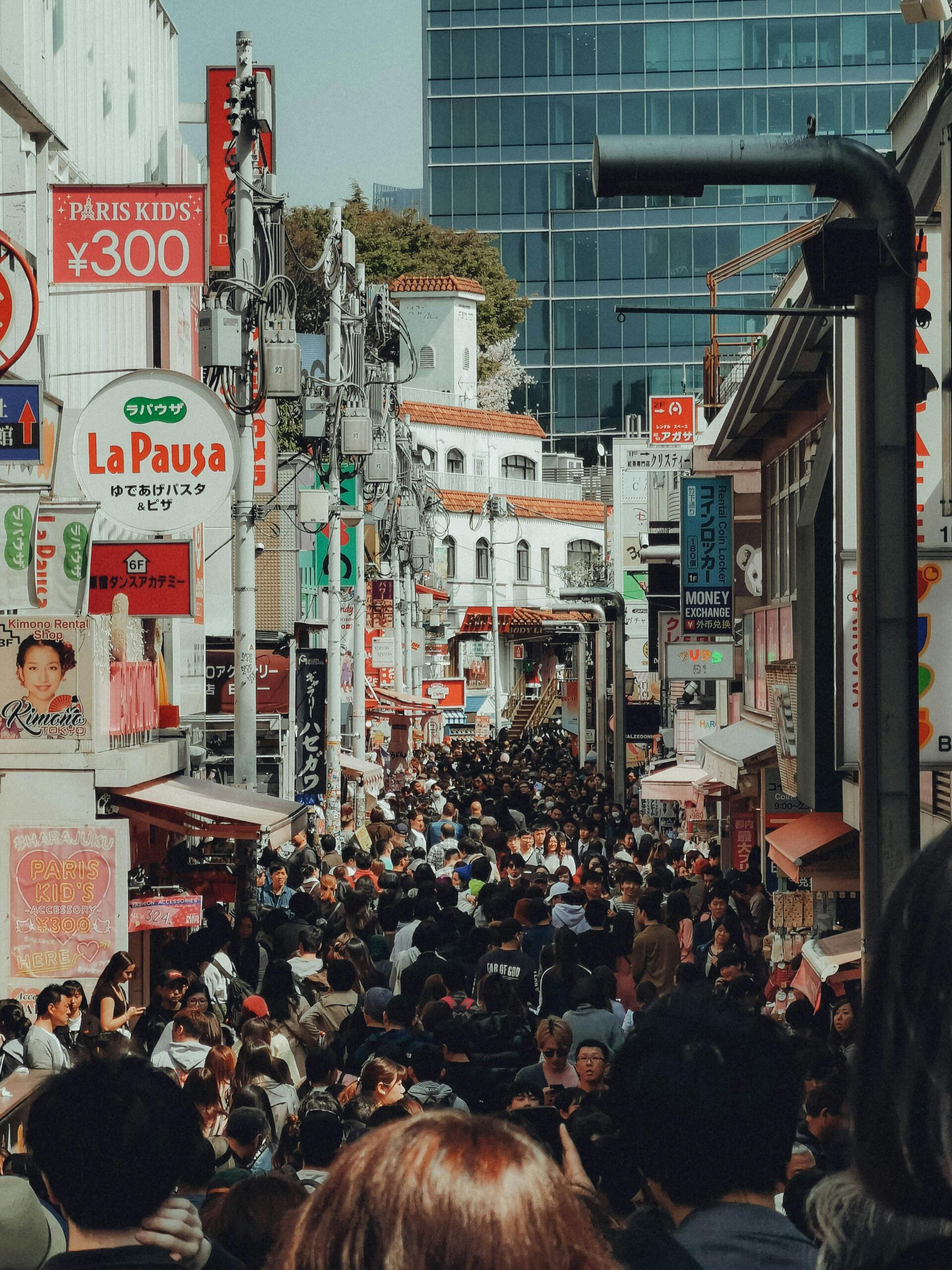
So where should you go that will give you a nice experience of Japan, without having to compete with both local and international visitors?
While the Japanese themselves know about all destinations, they typically flock to places that are on the “must see before you die” bucket lists. This of course means Kyoto, but also Matsushima, Amanohashidate, and Miyajima with Itsukushima. All have been included in top lists of the most beautiful destinations in Japan for more than three hundred years.
No crowds in Golden Week
But even if you look at the list of UNESCO World Heritage sites, you will find several that are not crowded. Mt Fuji will be as crowded as Kyoto in season, but the mountain is not open in May (the season is from July to September). But Shiratoko Penninsula in Hokkaido, Hiraizumi in Iwate (once judged to rival Kyoto in splendor, and home to a branch of the Japanese imperial family that almost set up their own empire), and the Shirakami Sanchi mountain trails in Aomori (provided the snow has melted). In years when the cherry blossoms are late, you can see both the apple and cherry blossoms at the same time in Aomori, although Golden Week may be a bit of a stretch.
Less visited sites
Near Tokyo, however, there are also a number of holiday sites which are less visited. The tea terraces of Shizuoka is worth visiting any time of year, and the beaches of Chiba (where the Olympic surfing events were held) are perfect and golden. And even if the sea is too cold for swimming, they are only an hour and a half with the local train from greater Tokyo.
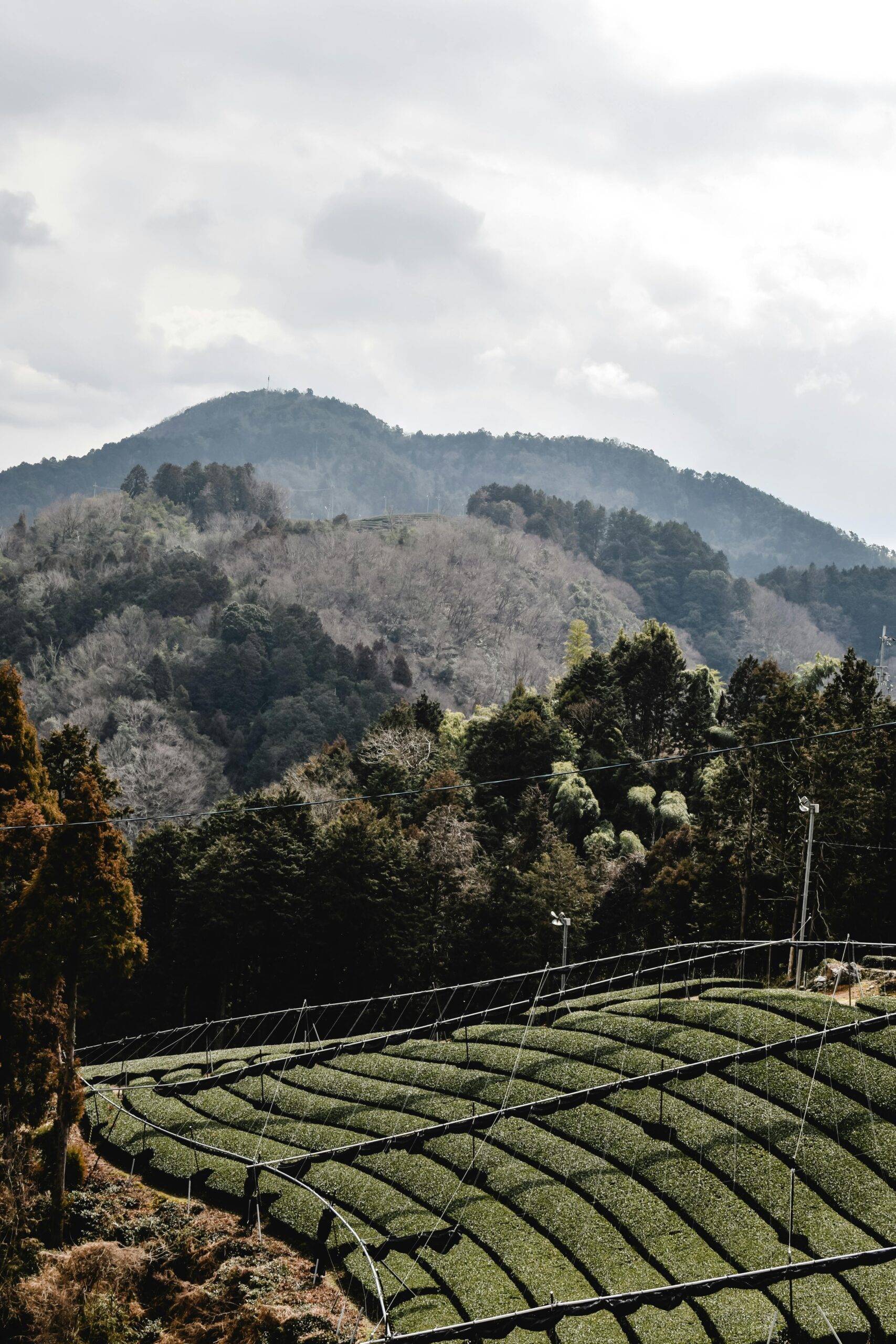
But other sites surrounding Tokyo will also be less crowded. While Nikko in Tochigi is a world heritage site and will be crowded by both tourists and locals, Tochigi is a huge province, only two hours train ride from Tokyo. Utsunomiya, the capital city of the province, is also the world gyoza capital, but the castle ruin and the Oya quarries are well worth a visit, even if getting there with public transport can be a bit tricky.
The unknown gem
Ibaraki is another gem only a little more than an hour with the train from Tokyo, if you want a breather. With the express train from Ueno it only takes an hour to go to Mito, the prefectural capital. But the more interesting sights are in Tsukuba, which is both a university city and the location of mt Tsukuba. It takes only 45 minutes from Akihabara to get there with the express train. While the ropeway and funicular can be crowded during Golden Week, the risk of that happening in the sights in Tsukuba itself are much lower. In particular the JAXA museum, where you can see copies of rockets and satellites used by the Japanese space agency, and actual space suits worn by Japanese astronauts. Do not miss the chance to bring home some Japanese space foods from the gift shop.
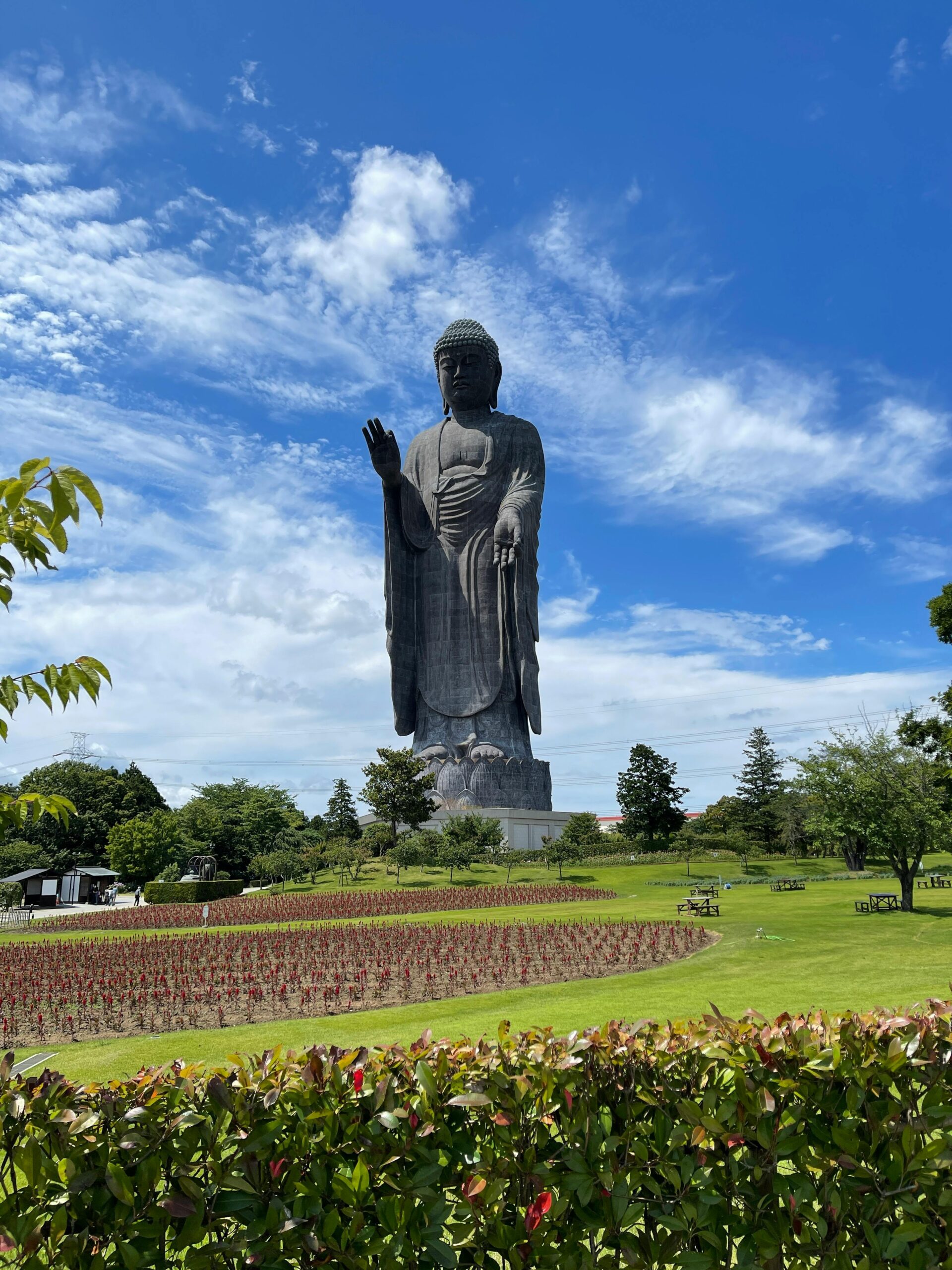
If you do not spend a little more time on the train, the biggest standing Buddha statue in the world is only an hour and a half with the train from Ueno station. The huge statue is surrounded by a garden and you can go up in it to admire the view. Take the Ueno line to Ushiku, and be prepared to take a bus for the last ten-minute stretch.

